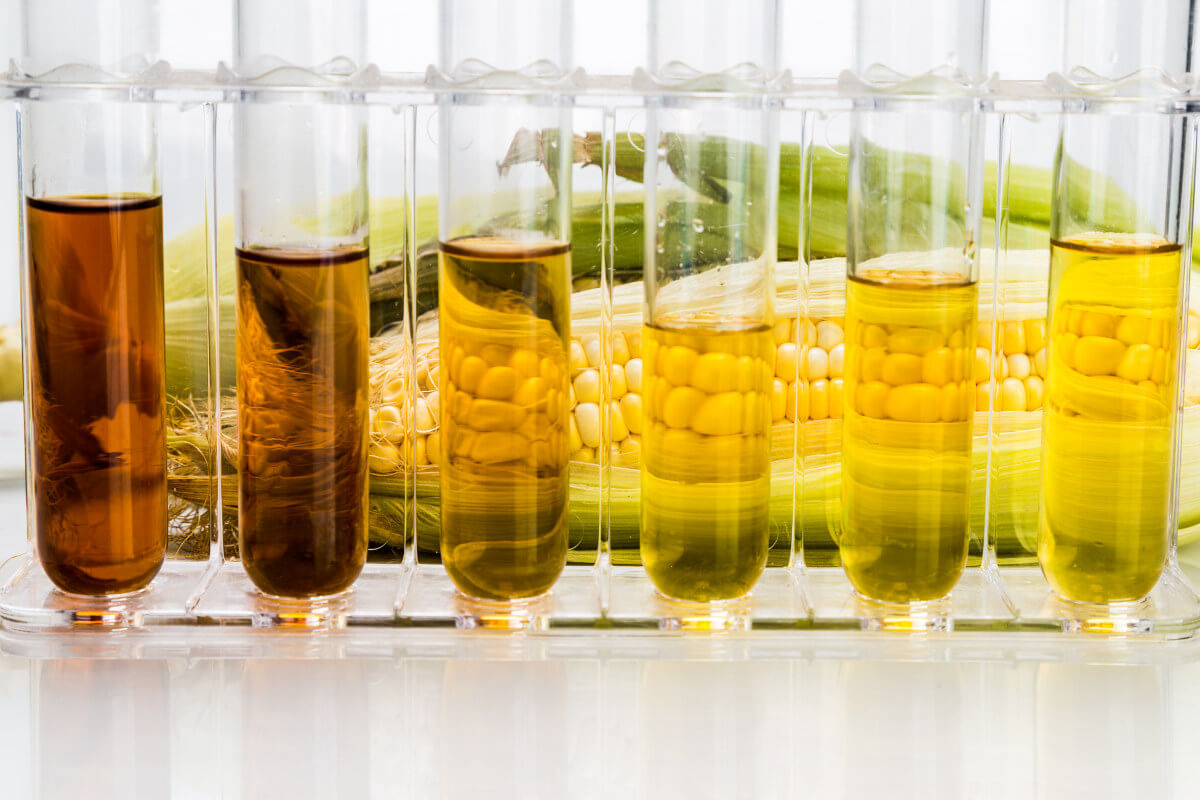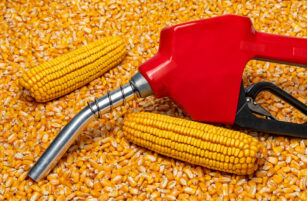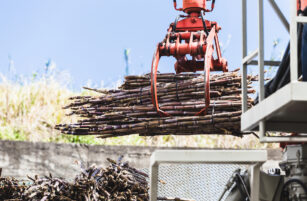Insight Focus
- Higher blends of ethanol in fuel are positive for corn growers as they create higher demand.
- Until now, restrictions on ethanol content have held back scale.
- But new legislation is set to increase the penetration of E-25 and even E-40 blends.
Ethanol Supports Corn Prices
Ethanol has provided a significant boon to corn producers around the world. In the US, growth in the penetration of ethanol means that almost 40% of corn produced annually is allocated to ethanol. This additional demand helps support corn prices.
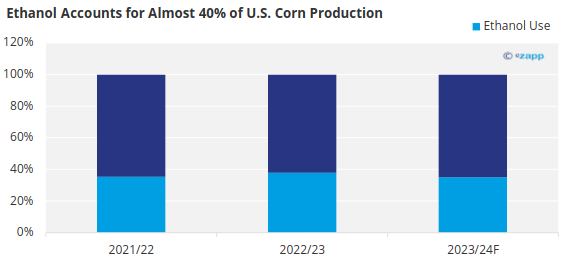
Source: USDA
US corn growers in particular want to ensure the good times continue. In a mid-January podcast hosted by the National Corn Growers Association (NCGA), ethanol leaders discussed the ethanol industry and what is being done to protect the future of this important market.
Bradley Schad, CEO of the Missouri Corn Growers Association, said the Next Generation Fuels Act (NGFA) is “the sole piece of legislation that the MCGA and its state partners have been working on.” He added that the Act, entered in the US Congress in 2023, will modernize the nation’s fuel.
So, what is the NGFA? The measure calls for future fuel supply to use a high octane, low carbon fuel that would cut costs, reduce greenhouse gas emissions, improve air quality and increase fuel efficiency. Not only this, but the act could increase ethanol use by up to 5 billion gallons per year, which would increase annual corn demand by 1.7 million bushels.
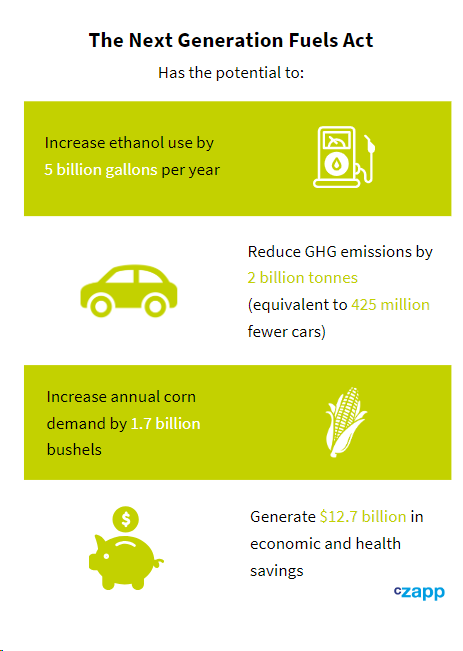
Schad added that what the Act actually does is require a vapor pressure parity for all ethanol blends. It ensures greenhouse gas reductions and revises the calculation for dual fuel vehicles. “It also increases octane in the fuel, ensuring a role for ethanol in the future,” he added.
Building the Market for Ethanol
In addition to promoting ethanol to vehicle owners and the driving public, the NCGA is also helping market ethanol to policy makers and governmental agencies in Washington, DC. A major concern of the renewable fuel industry is the future year-round availability of E-15.
Julie Busse, a member of NCGA’s ethanol team, said that eight US Midwest governors have recently been seeking a permanent waiver to sell E-15 year-round from the EPA.
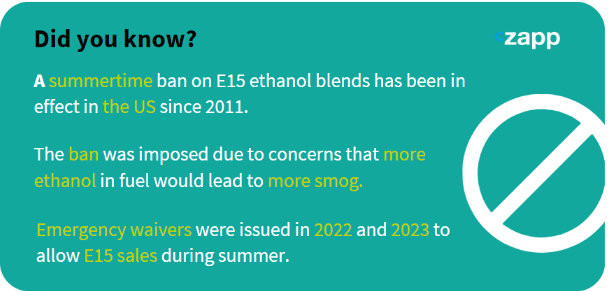
“During the last couple of years, we have had to go through the emergency waiver process over the summer months to allow the sale of E-15,” she said. “In late December, the EPA advanced the request for year-found sales of the blend to the Office of Management and Budget.” The request is progressing and Busse hopes for an answer in the next two or three months.
NCGA Drives for Higher Ethanol Blends
And it doesn’t just stop at E-15. Busse said the NCGA is continuing to work on one of its signature initiatives that would expand nationwide access to future mid-level blends of ethanol through pump infrastructure.
The NCGA has been working on the Fuel Dispenser Infrastructure Program (FDI) with two of the largest pump manufacturers, who make up 98% of the market share, on producing and selling pumps that are certified to deliver up to 40% ethanol.
Busse added that to date, NCGA and its state partners have directly funded the production and sale of over 82,000 fueling dispensers in North America that are certified up to E-25 and E-40. “This is certainly a successful program that we will continue in the future,” she said.
The NCGA also supports USDA’s Higher Blends Infrastructure Incentive Program (HBIP). Busse said that, through the Inflation Reduction Act, the USDA has invested $500 million into the program that is meant increase the sales and use of higher ethanol blends by expanding the required infrastructure.
